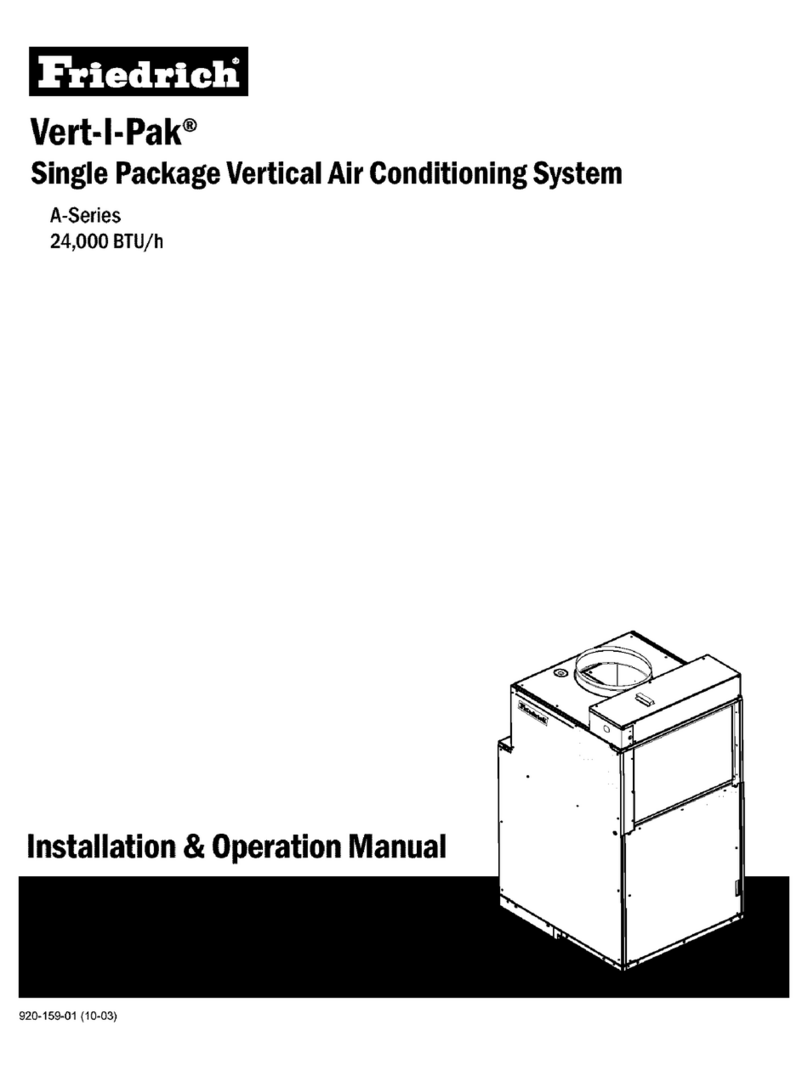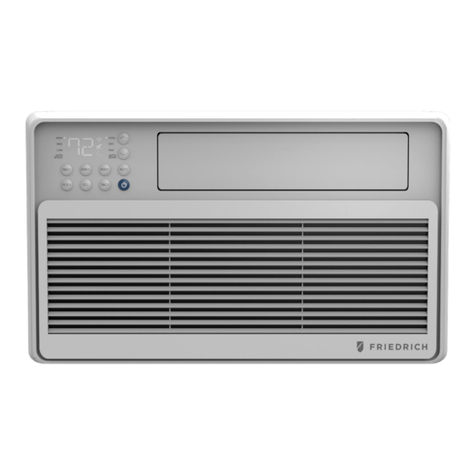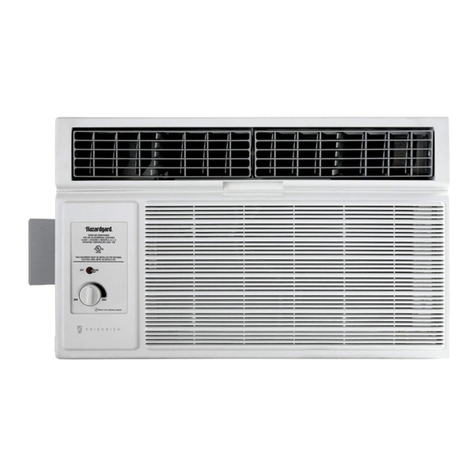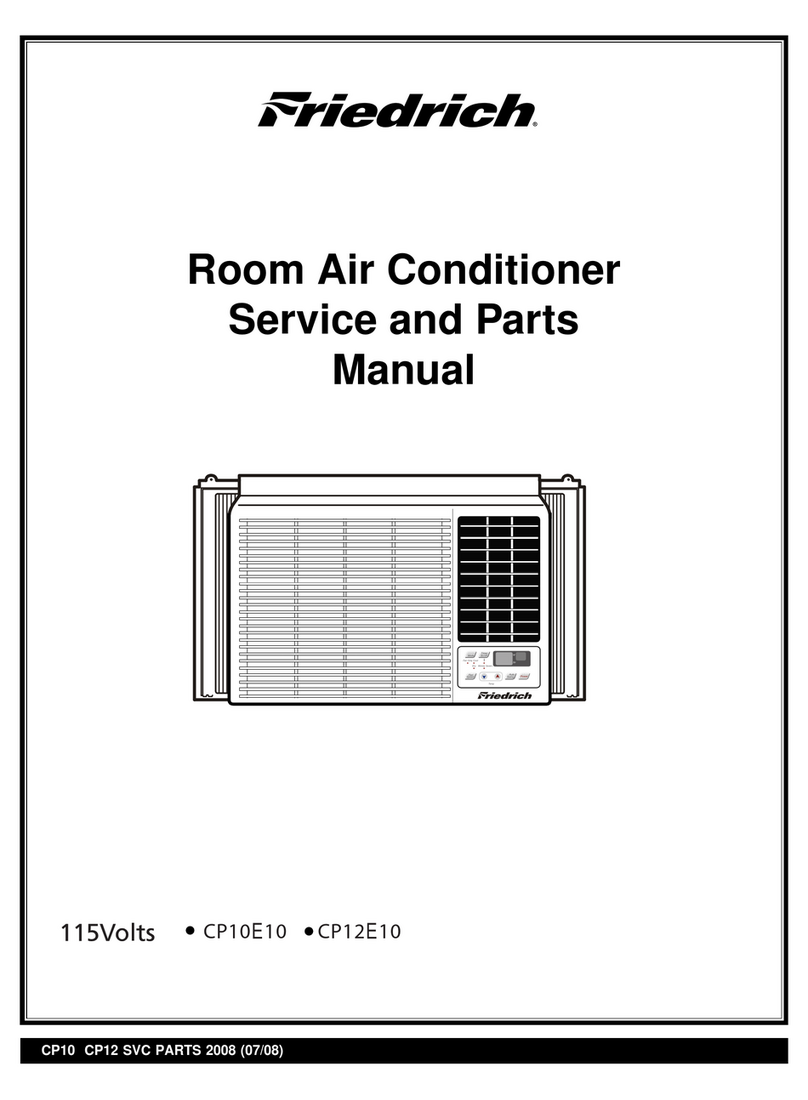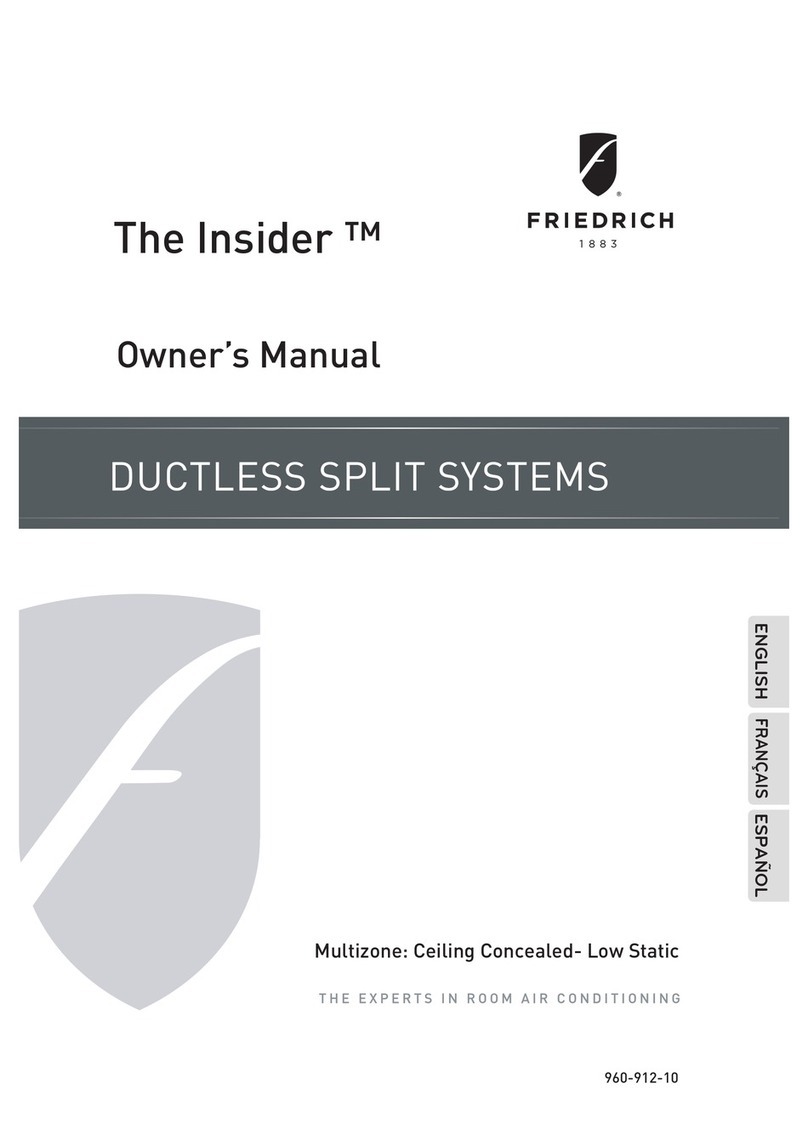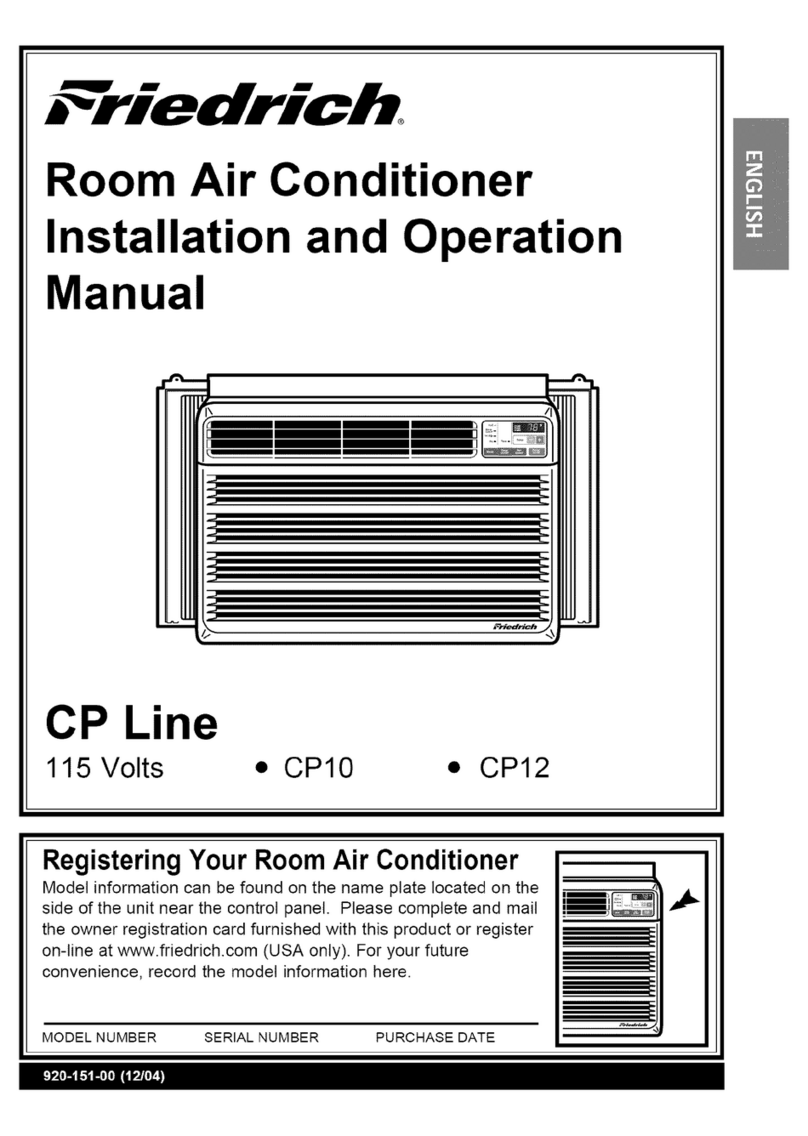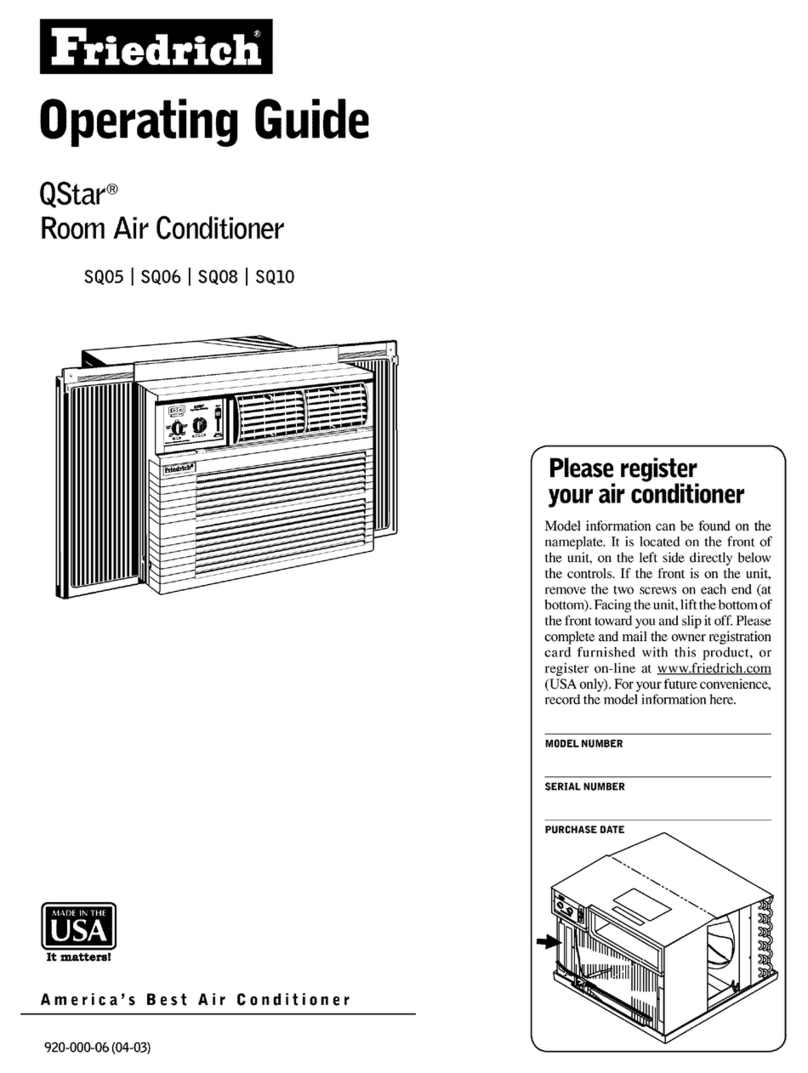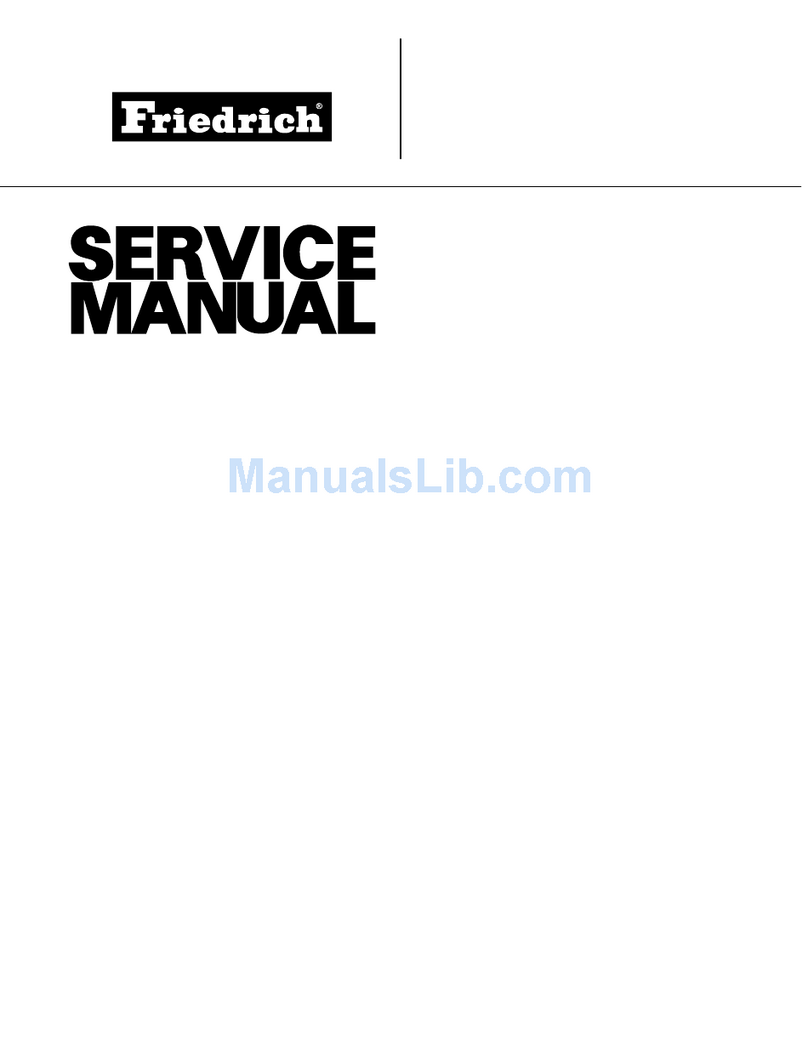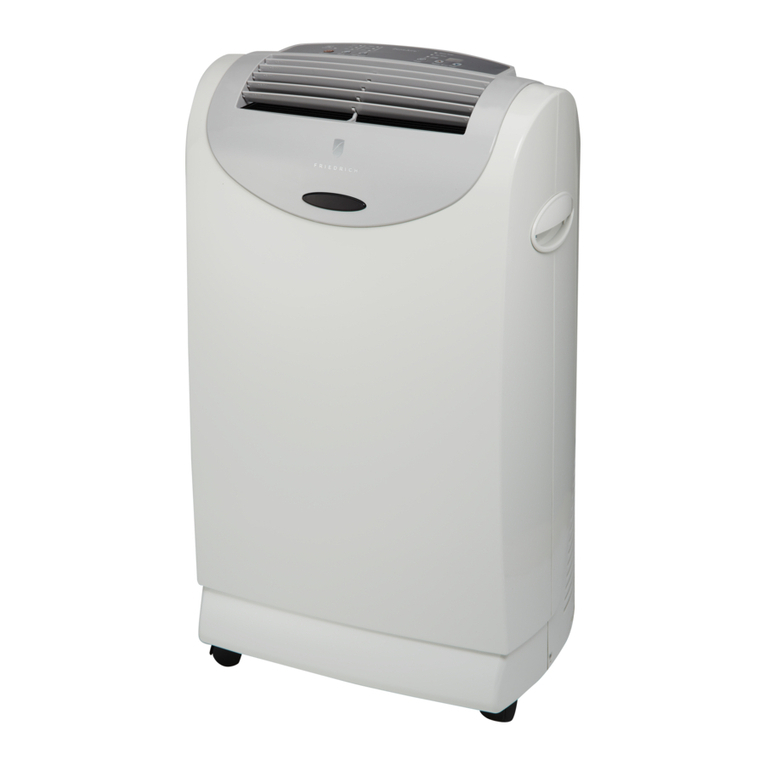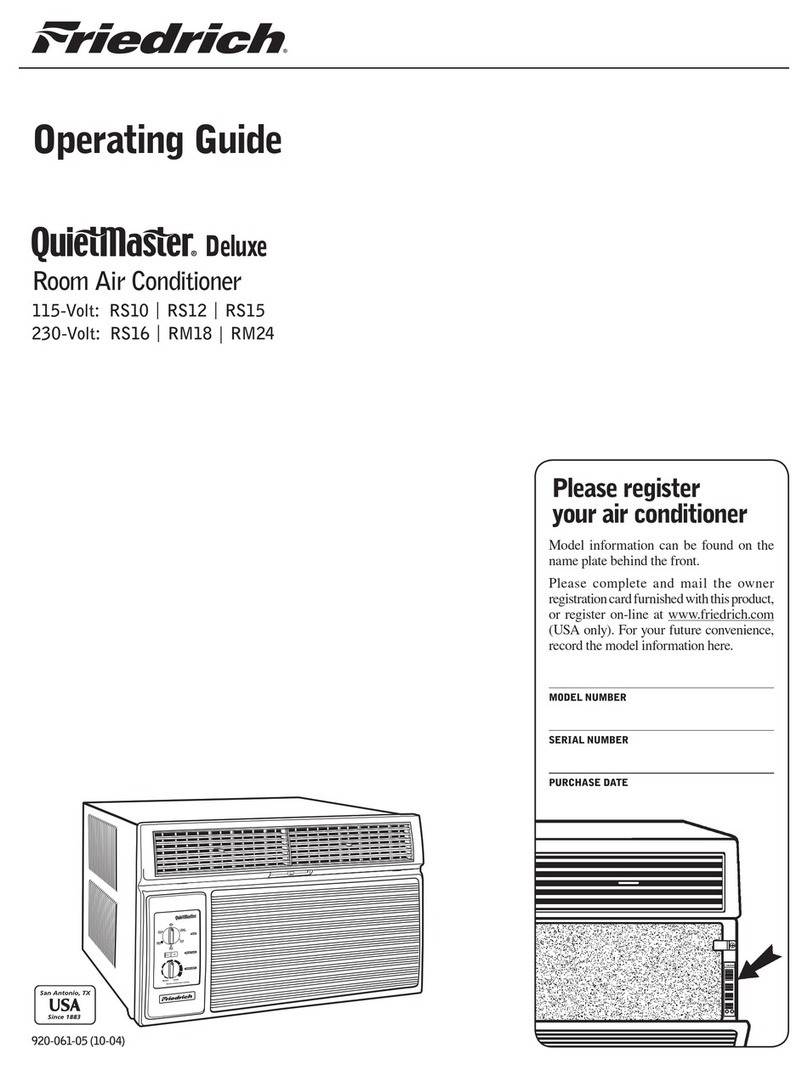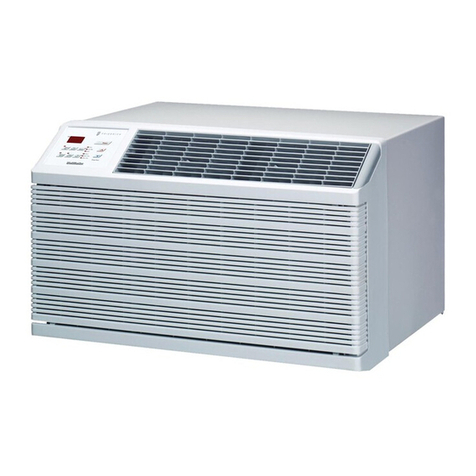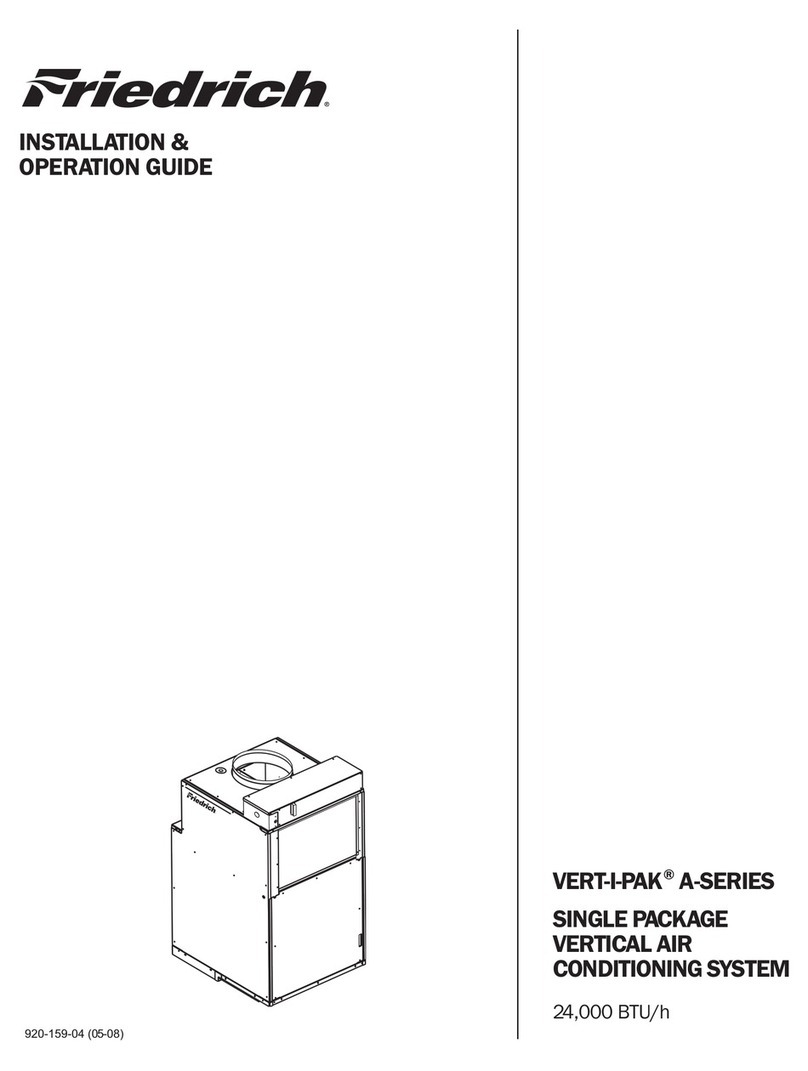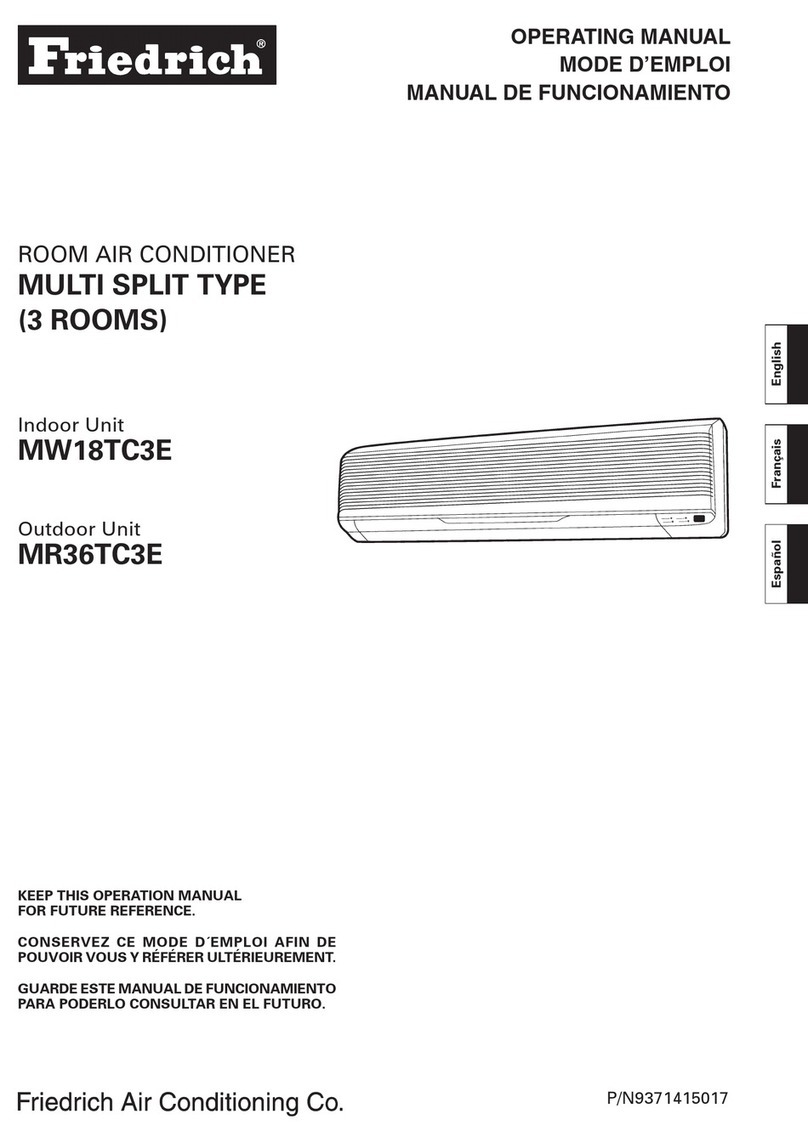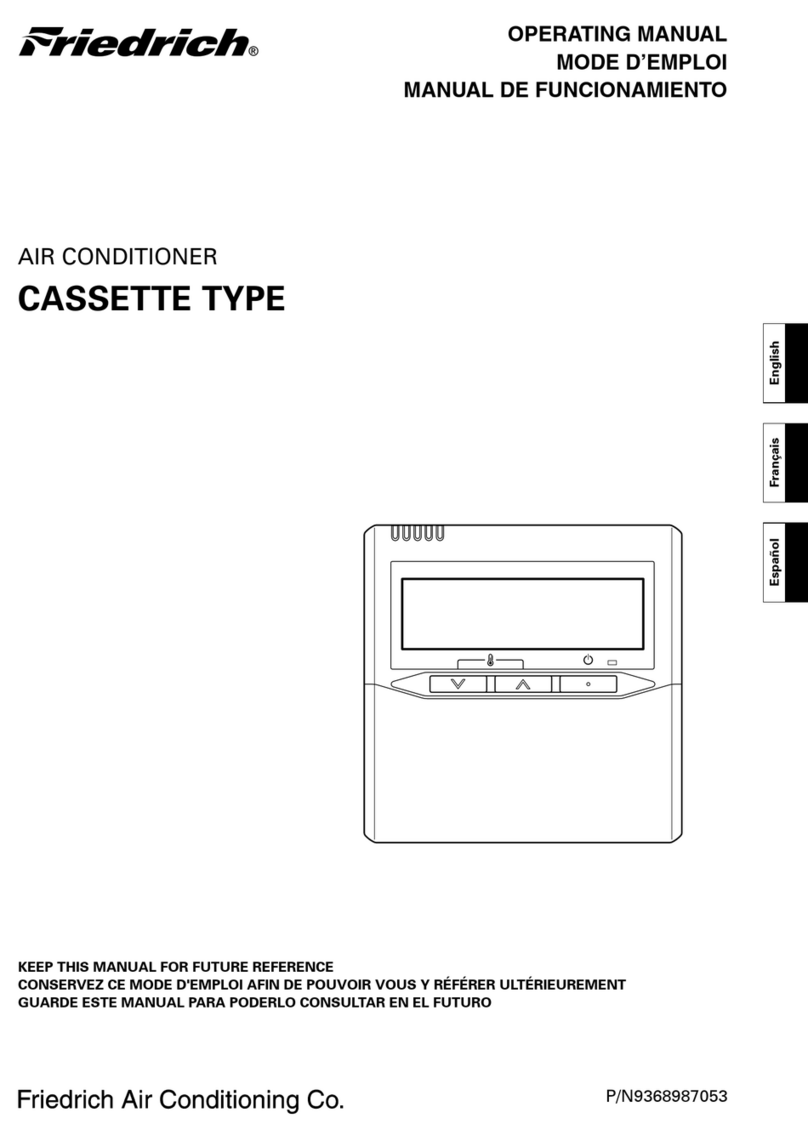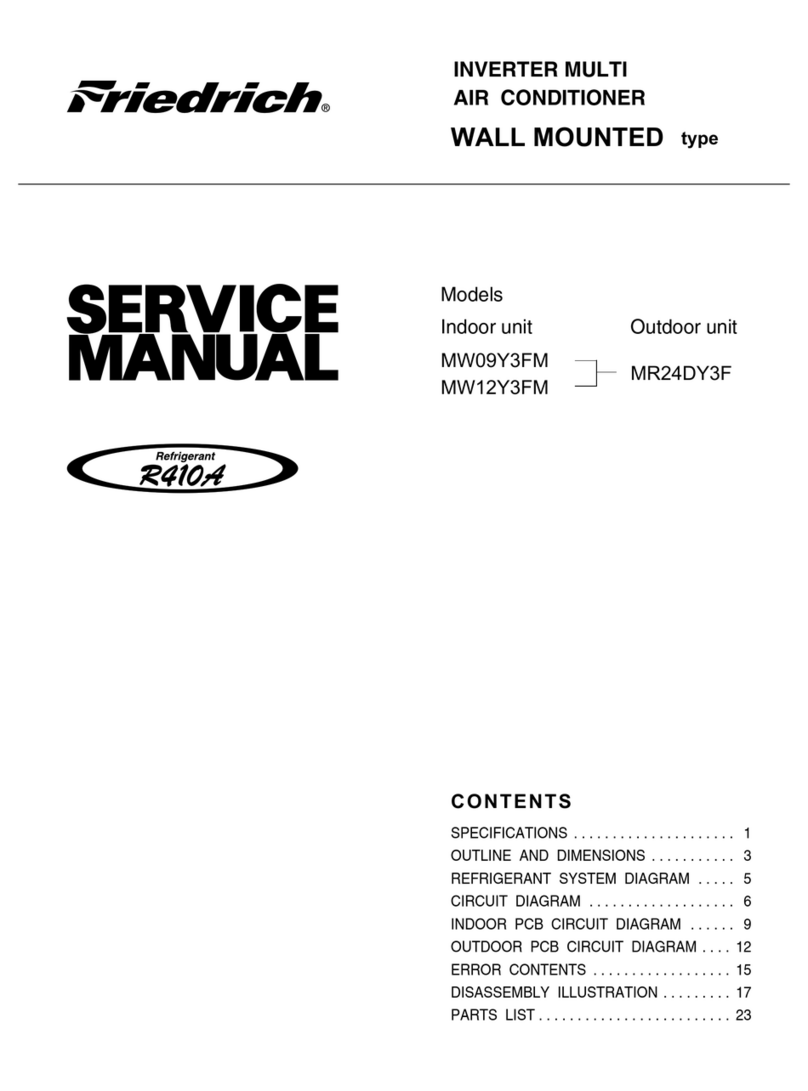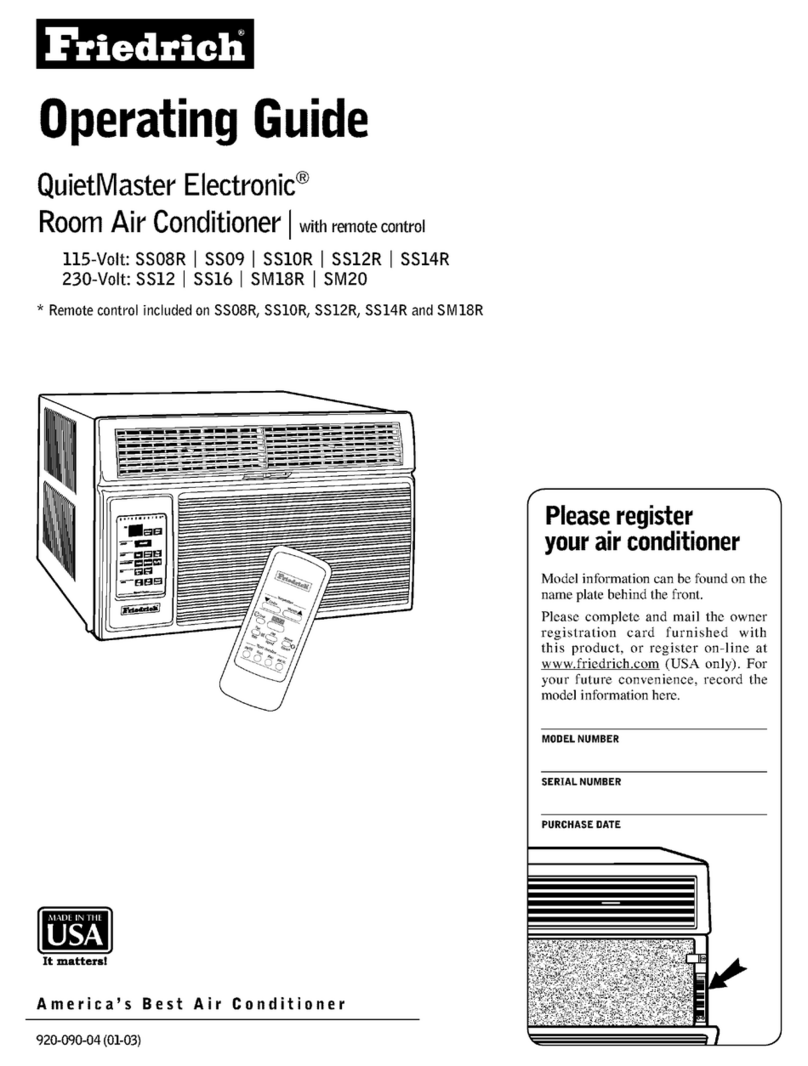
2
Page
TABLE OF CONTENTS
Vert-I-Pak B-Series Vertical Air
Conditioning System
SafetyConsiderations ....................................................................................................... 3
General Recommendations............................................................................................... 3
Unpacking and Inspecting the Unit .................................................................................... 3
Supplies Needed for Installation ........................................................................................ 3
I. General Specifications
Model Number Identification Guide ................................................................................... 4
B-Series Chassis Specifications ........................................................................................ 4
II. Dimensional Data
V(E,H)B18,24,30,36 Unit Dimensions................................................................................ 5
V(E,H)B24,49 Unit Dimensions ......................................................................................... 6
V(E,H)B60 Unit Dimensions .............................................................................................. 6
III. Installation
1. Indoor and Outdoor Air Requirement................................................................................. 4-5
A. Outdoor Air System....................................................................................................... 7-9
B. Ducted Condenser Air.................................................................................................. 10
Outdoor Fan Performance .................................................................................. 10
C. Indoor Air (Conditioned Supply air System.................................................................. 11
Indoor Fan Performance ............................................................................................. 12
2. Electrical
A. Grounding........................................................................................................... 12
B. PowerSupply...................................................................................................... 12
3. Thermostat Mounting and Wiring ...................................................................................... 13-14
A. Thermostat Location ........................................................................................... 13
B. Thermostat Mounting & Wiring ........................................................................... 13
C. Wire Thermostat Cable to Unit Terminal ............................................................. 13
4. Condensate Drain Line...................................................................................................... 14
Installation – Final Checklist .............................................................................................. 14
Test Run ........................................................................................................................... 14
IV. Owners Manual & Operating Information
IdentifyingyourSystem ..................................................................................................... 15
Important Facts .................................................................................................................15
Operating the Vert-I-Pak .................................................................................................... 16
Thermostat Operation ....................................................................................................... 16
CoolingCycle .................................................................................................................... 17
HeatingCycle .................................................................................................................... 17
Defrost Cycle..................................................................................................................... 17
Performing Routing Maintenance ...................................................................................... 18
Replace the Air Filter ......................................................................................................... 18
Inspect and Cleaning the Indoor Air Coil............................................................................ 19
Inspect the Outdoor Air Intake and Exhaust ...................................................................... 19
Inspect and Clean the Condensate Drain .......................................................................... 19
